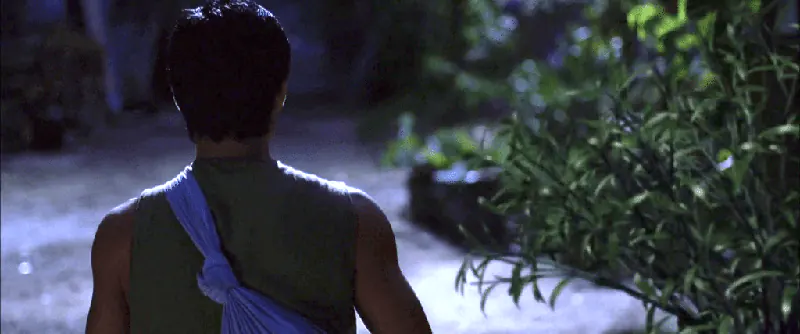Cookie's Demise
After the release of Batman vs. Superman, disappointed movie buffs lamented Hollywood’s obsession with moments at the expense of scenes. Usually, these movie moments are really scenes. But this time, I am going to show you something special. Some scene/moment hybrid.
CULT INVASION
If you are familiar with the best of Asian cinema, you will know how much it has influenced our screen culture over the years. Hollywood westerns and Star Wars are indebted to Kurosawa, The Matrix borrows heavily from manga (e.g. Ghost In The Shell); and TV shows like True Detective have a distinct Korean feel to it.
Only once in a blue moon, Asian films themselves make it to the Western box office, and break out big, as did for instance Crouching Tiger, Hidden Dragon.
A KUNG FU FAN
When Stephen Chow’s Kung Fu Hustle was released in the US, it opened in more theatres than any other foreign language before. Its global box office takings exceeded a hundred million dollars, and doubled the director’s previous commercial success Shaolin Soccer.
Kung Fu Hustle tells the story of the inhabitants of Pig Sty Alley, fighting the notorious Axe Gang, in spectacular kung fu fashion.
Much like most Western hero’s journeys, the movie stays light-hearted throughout its first half. Fight scenes are entertaining and funny, and only the baddies die. The comedy is world class, and even Bill Murray has declared to be a fan. He called it a “supreme achievement of the modern age in terms of comedy.”
THE HARPISTS
Halfway through the story, the cast of characters is joined by a sinister duo of Sitar players, "the Harpists".
In a wonderfully cinematic scene of a mere sixty seconds, we are warned that the stakes have just gone up – exponentially. In order to survive, the heroes of Pig Sty Alley will now have to fight harder. A lot harder.
The scene is not representative of the kinetic kung fu action set pieces that define this film, but it does show off Stephen Chow’s knack for pure visual storytelling.
In contrast to the movie’s high-budget tent pole moments, it looks simple and even subdued. We’re just watching Cookie’s last moments, until he falls prey to the power of the Harpists’ evil trickery.

THE DEATH OF COOKIE [Spoilers]
As Cookie turns and walks away from the Harpist, we follow him from the back. If you look carefully, you will see shrub leaves to his right be cut off, and fall away, silently. Then we follow Cookie from the side, and in the background we see a terracotta jar sliced in two, with water spilling out. Not a sound is heard.
Next – still in the background – a cat on the roof stalks closer, towards the roof edge, jumps …
What follows, you will need to watch for yourself. Indirectly, it is foreshadowed that things may not end well for Cookie.
This creates terrific suspense, and in true cinematic tradition you will take tremendous pleasure … in anticipating the worst.
Karel Segers
Karel Segers wrote his first produced screenplay at age 17. Today he is a story analyst, script editor and producer with experience in rights acquisition, script development and production. His
screenwriting classes have trained writers in Australia, Europe, Asia and the Middle East, and his clients include international award-winning filmmakers as well as three Academy Award nominees.
Karel is the founder of
The Story Department and he ranks in the world's Top 10 of most influential people for screenwriting on Twitter.